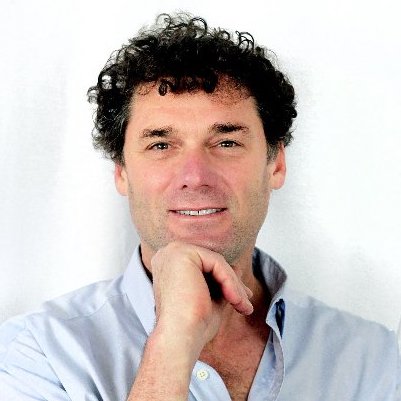A great blue heron swept across the rushing water and came to a landing in a reed-lined pool. My sonturned to me. "Actually," he said, "this river is kind of nice."
He was talking about the Los Angeles River.
We were riding our bikes along a path that skirted the cursed, maligned and abused waterway from Griffith Park to Glendale. Hundreds of riders accompanied us, all part of the third annual Los Angeles River Ride held May 18. The event is not a race, but a consciousness-raising effort on the part of the Los Angeles County Bicycle Coalition (labikecoalition.org) and river activists who would like you to know that the Los Angeles River River can be more than this city’s sewer.
They believe the river can be our city’s salvation.
The day was beautiful, smogless and warm. As we rode along what is admittedly the river’s most scenic 15 miles, through the Glendale Narrows to the stunning Los Angeles River Center and back, I could begin to understand that the save-the-riverites were not just a bunch of loons.
The Los Angeles River gathers the waters from an 834-square-mile area — larger than the size of Maui — and delivers them 51 miles later, via a mostly concrete-lined sluice, to San Pedro Bay. Until 1913, its waters served as the only drinking supply for the city — Los Angeles is here because the river was/is here.
Floods of biblical proportions led the U.S. Army Corps of Engineers to encase the river in tons of concrete in the late 1930s. Since then, it has been the longest running joke in Los Angeles. When I told friends I was taking a ride along the river, they assumed I was leaving town.
But a Friends of the Los Angeles River (folar.org) movement has, over the past two decades, sought to reclaim the river, whose banks offer more acreage than Central Park, as a natural and social asset.
As Patt Morrison writes in her poetic and definitive "Rio L.A.: Tales from the Los Angeles River," in "a city suffocated by concrete and throttled by crowding — here was this wasted open space of an entombed river…. The river could not safely be set completely free, but recreation and cement could undoubtedly cohabit."
June 16 — Bloomsday — came and went and got me thinking about what we, as Jewish Angelenos, have to offer in this cause. In the Dublin of James Joyce’s "Ulysses," the soul of the city is bound up in a river — the Liffey — and a Jew, Leopold Bloom. To grossly oversimplify Joyce, a river runs though Dublin as Jewish history courses through Western civilization, shaping it and shaped by it.
The Los Angeles River and the network of arroyos, creeks and washes in Los Angeles’ flood-control system connect the disparate neighborhoods of the city, from the Valley to downtown, from the Westside to the Eastside, from rich to poor. The river is as spread out and bound up in the city as its Jews, and we — and the river — will benefit were it to be a source of connection, leisure and wealth, rather than a running sore.
I’m not going to suggest what should be done with these waterways — there are numerous resources, studies and opinions you can research — other than to say that we, as Jewish Angelenos, have a unique role to play in their stewardship and a unique ability to play that role.
That ability became clear to me earlier this month at the Environmentalist of the Year award ceremony held June 12 by the Coalition on the Environment and Jewish Life of Southern California (COEJL).
COEJL is a national organization that "instills a commitment to environmental protection rooted in Jewish values." COEJL (coejl.org) is also rooted in the Jewish talent for leveraging its money and influence to effect change.
Though relatively young, the organization has managed to influence passage of a state toxic air emissions law, institute a "Green Sanctuary" program that helps synagogues convert to sustainable energy sources and, perhaps most importantly, create a larger environmental coalition with Christian and Muslim clergy.
The ceremony honored Los Angeles City Councilwoman Ruth Galanter, Assemblywoman Fran Pavley (D-Woodland Hills) and Richard Ziman, chairman and CEO of Arden Realty Inc. The speakers, including City Councilman Eric Garcetti, all offered a vision of a better, cleaner city that encouraged sensible growth, sustainable energy sources, mass transit and — yes — a new and improved Los Angeles River River policy.
Ziman said his leadership of a billion-dollar company that invests heavily and profitably in sustainable energy technology is proof that development and environment can go hand in hand.
It can. But even more than the brown haze that hangs over our basin, the Los Angeles River is a symbol of our neglect for an environment that sustains us. Fortunately, such symbols can easily turn into rallying cries — think Santa Monica Bay. So it is not hard to imagine a river bordered by bicycle paths, home to herons, a meeting place for all, a long breath of fresh air down into the belly of our city.






















 More news and opinions than at a Shabbat dinner, right in your inbox.
More news and opinions than at a Shabbat dinner, right in your inbox.